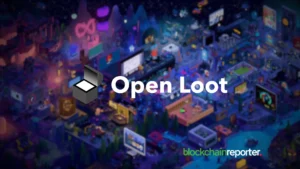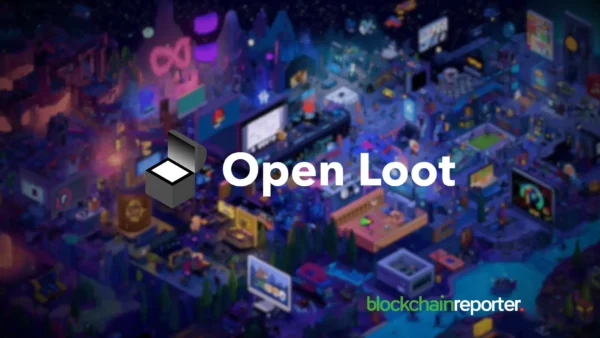
With the rise of cryptocurrency, altcoins have become an increasingly popular form of digital currency. Altcoins are any type of cryptocurrency other than Bitcoin, and they can be used to purchase goods and services or even traded for profit. That said, it is important to understand the differences between each coin to make informed decisions when investing in or trading them.
First off, it is crucial to do your research on any particular altcoin before investing in it. Additionally, pay attention to market trends such as prices. Whether it is Blur Price, Litecoin price, or any other altcoin you might be interested in, that information can provide valuable insight into how certain coins perform within the industry. It is also important to consider the technology behind each currency when deciding which ones you want to invest in or trade with.
Finally, remember that no one knows what will happen with any particular coin over time; all investments come with the risk associated with them regardless of whether it’s crypto or traditional stocks/bonds/etc., so always keep this in mind when choosing which coins you want to work with!
What is the impact on transaction speed of using different algorithms for different altcoins?
The algorithms used to mine the different altcoins typically affect the speed of the transactions. Different algorithms require different amounts of computing power and energy, which can affect the rate at which transactions are processed. For example, SHA-256 is a popular algorithm used by Bitcoin and other altcoins that requires a lot of computing power and energy to process transactions quickly. On the other hand, Scrypt is an algorithm that uses less computing power and energy but still provides secure transactions. As such, it can be used to process transactions faster than SHA-256. Additionally, some altcoins use hybrid algorithms combining elements from SHA-256 and Scrypt to provide faster transaction speeds while maintaining security. Ultimately, the impact on transaction speed will depend on the specific algorithm used for each altcoin.
How does mining difficulty affect the profitability of mining different altcoins?
It is good to note that the higher the mining difficulty, the more computing power is required to mine it, and thus the less profitable it becomes. This is because miners must compete with each other to solve complex mathematical problems to successfully mine a block and receive their reward. As more miners join the network, the difficulty increases, making it harder for individual miners to succeed. Additionally, some altcoins have dynamic difficulty adjustments, which can further complicate matters by changing the mining difficulty on a regular basis. Therefore, when considering which altcoin to mine for profit, one should take into account not only its current price but also its current mining difficulty level and any potential future changes that may occur due to dynamic adjustment algorithms.
How does the decentralization process work for different types of altcoin networks?
When it comes to altcoin networks, decentralization refers to the process by which transactions are validated and added to the blockchain without relying on a single entity or group of entities. This is achieved through consensus mechanisms such as proof-of-work (PoW) or proof-of-stake (PoS).
In PoW systems, miners compete against each other to solve complex mathematical puzzles to validate transactions and add them to the blockchain. The miner who solves the puzzle first is rewarded with newly minted coins for their efforts. This incentivizes miners to continue participating in the network, thus ensuring its security and decentralization.
In PoS systems, users stake their coins to validate transactions and add them to the blockchain. The more coins they stake, the higher their chances of being chosen as validators. Staking also incentivizes users to remain active participants in the network, thus ensuring its security and decentralization.









